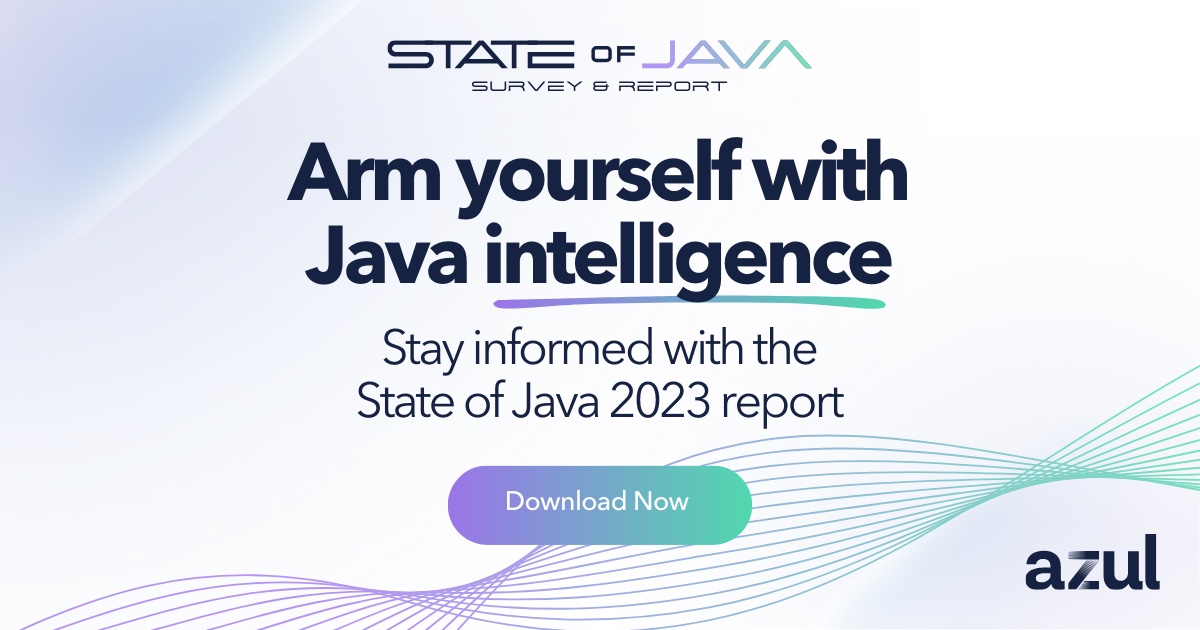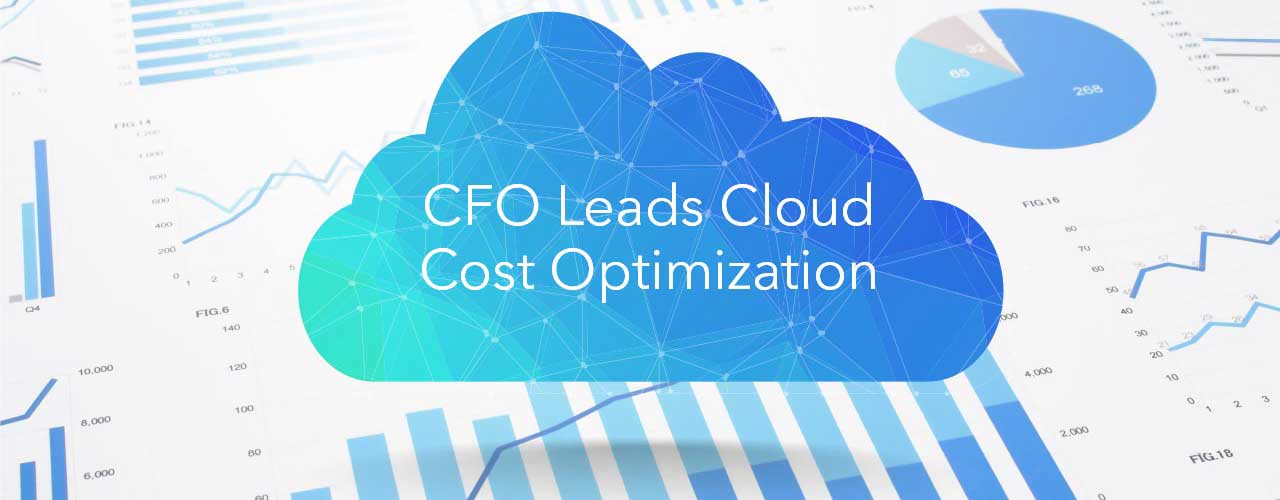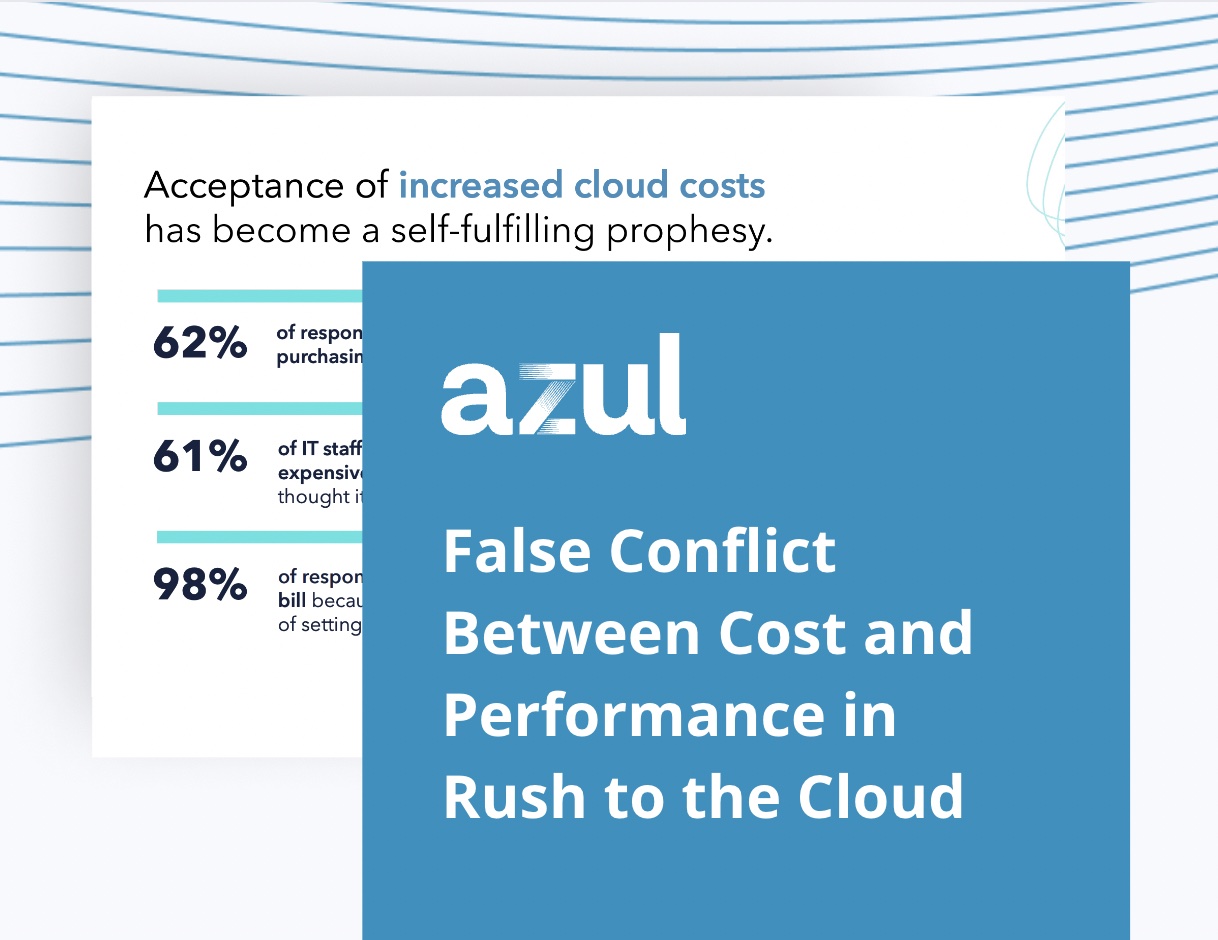
Azul State of Java Survey and Report 2023

Making FinOps Framework Dreams with Cloud Native Compilation

The CFO Takes a Strategic Look at Cloud Cost Optimization

Cloud governance is a rule set and a framework of policies and procedures that govern how companies manage operations in a cloud environment. A cloud governance framework centers around three core components: people, processes and technologies. By setting benchmarks and KPIs around all three, it is possible to control IT costs, enforce security protocols, tighten IAM (identity and Access Management) controls, deploy team resources efficiently, and accelerate deployment timelines.
A successful cloud governance model starts with your team. Whether you decide to build an in-house department with a mix of systems admins and cybersecurity certification experts or outsource cloud governance to a professional vendor, you need to establish the right roles and responsibilities early on.
1. Security
Security practices will stem from traditional IT department priorities including IAM (identity and access management), risk assessment, data privacy and encryption, application security and more. You may look at industry standards and accepted frameworks like NIST (National Institute of Standards and Technology) and build upon this framework to suit your own customers’ needs. And if you are already under contract, your existing cloud provider often provides additional security offerings to protect you against common CVEs, attacks and other threats.
2. Financial
Cloud governance best practices don’t stop at security concerns. When you are running multiple services, cost estimates can be tricky to predict based on variable demand. Operational costs can spiral if you don’t have a proactive plan to track budgets against actual expenditures week after week. To manage costs, set up real-time cost alerts which empower your team to adjust cloud usage and infrastructure configurations.
3. Data
Data- be it internal operational data or externally obtained PII customer customer data, your cloud governance strategy depends on your ability to collect, store, protect and analyze data throughout the information lifecycle. Establish taxonomies around data classification schemes and set up security controls around who can access, override, delete databases. Follow cybersecurity best practices for data privacy and encryption based on jurisdictional data regulation such as CCPA or GDPR.
4. Operations
Determine the best way your team can juggle cloud resources to deliver services to meet employee stakeholder expectations and customer satisfaction. These may include establishing processes around building new cloud workloads, adjusting and publicly publishing and monitoring service level agreements (SLAs), deploying code in production environments.
5. Performance
Cloud performance management (CPM) is a method for determining how to accelerate service delivery while minimizing costs. You can achieve this by using manual or automated tools to track and monitor cloud performance in order to get a central view of all applications, infrastructure and workload stats. The right metrics to track per organization may vary but the basics should include request rate, application availability, error rate, CPU, memory and other server metrics.
6. Assets
Cloud asset management (CAM) is often the biggest challenge for companies as it requires round-the-clock trackability for all IT assets (hardware, software, network tools). For companies using multiple cloud vendors, this involves monitoring capacity usage (are you paying for capacity you don’t need?), licensing usage (are you paying for licenses for users no longer at the company?), and what is known as shadow usage (employees outside of IT who are using assets).
The best cloud governance models encompass creating, launching and enforcing processes around security, financial, data, operations, performance and asset management.
As many business leaders have stated, 2023 is the “year of efficiency” as companies face recessionary pressures and budget cutbacks. Against this context, we predict cloud cost optimization will be a cloud governance priority, first and foremost.
In fact, the Gartner Finance Group discovered, “Organizations with little or no cloud cost optimization plans rush into cloud technology investments. They overspend on cloud services by up to 70%.”
How can an enterprise cut capital server expenses and operating expenses by up to 50% to survive in these market realities? Azul’s Cloud Native Compiler and Platform Prime optimize cloud costs by delivering the same workload with smaller instances, thanks to the power of superior Java compiler technology. Take the first step towards a better cloud governance strategy today. Learn how
A truly superior Java platform that can cut your infrastructure costs in half.
